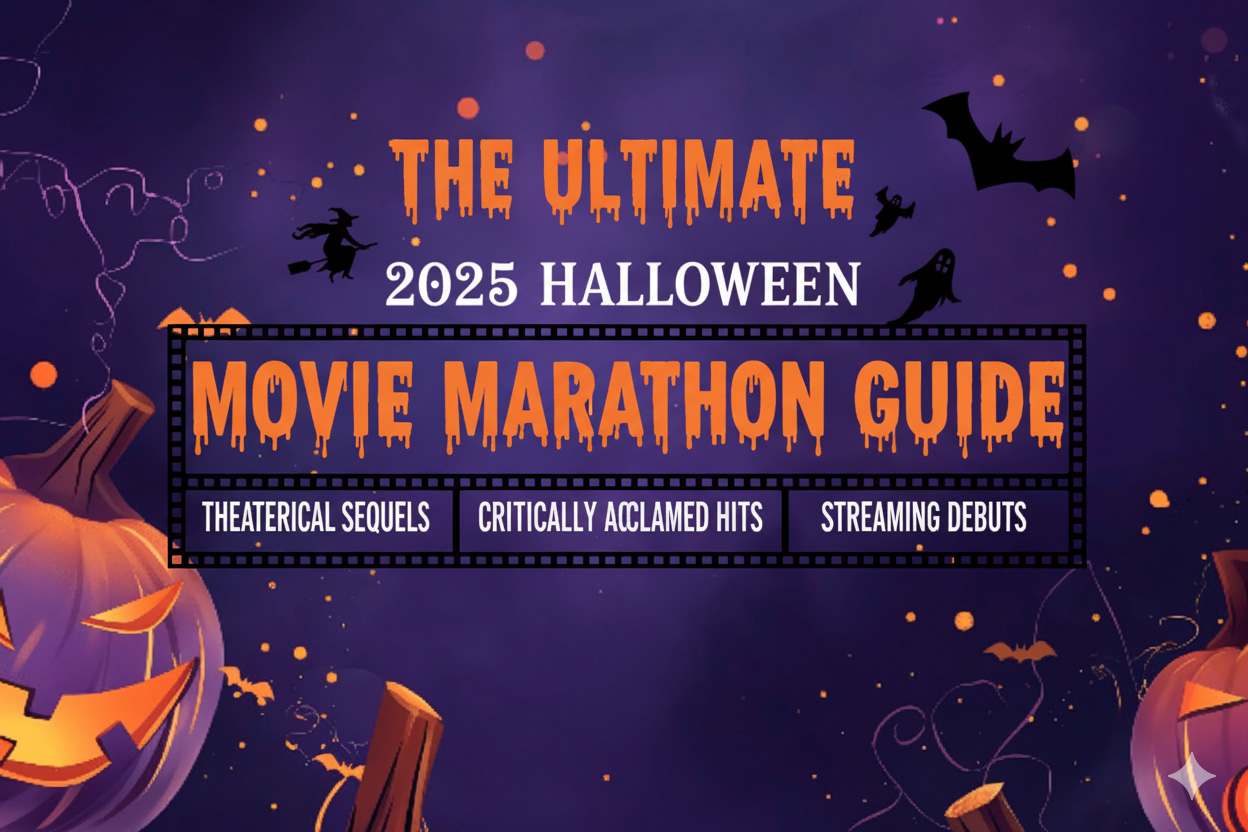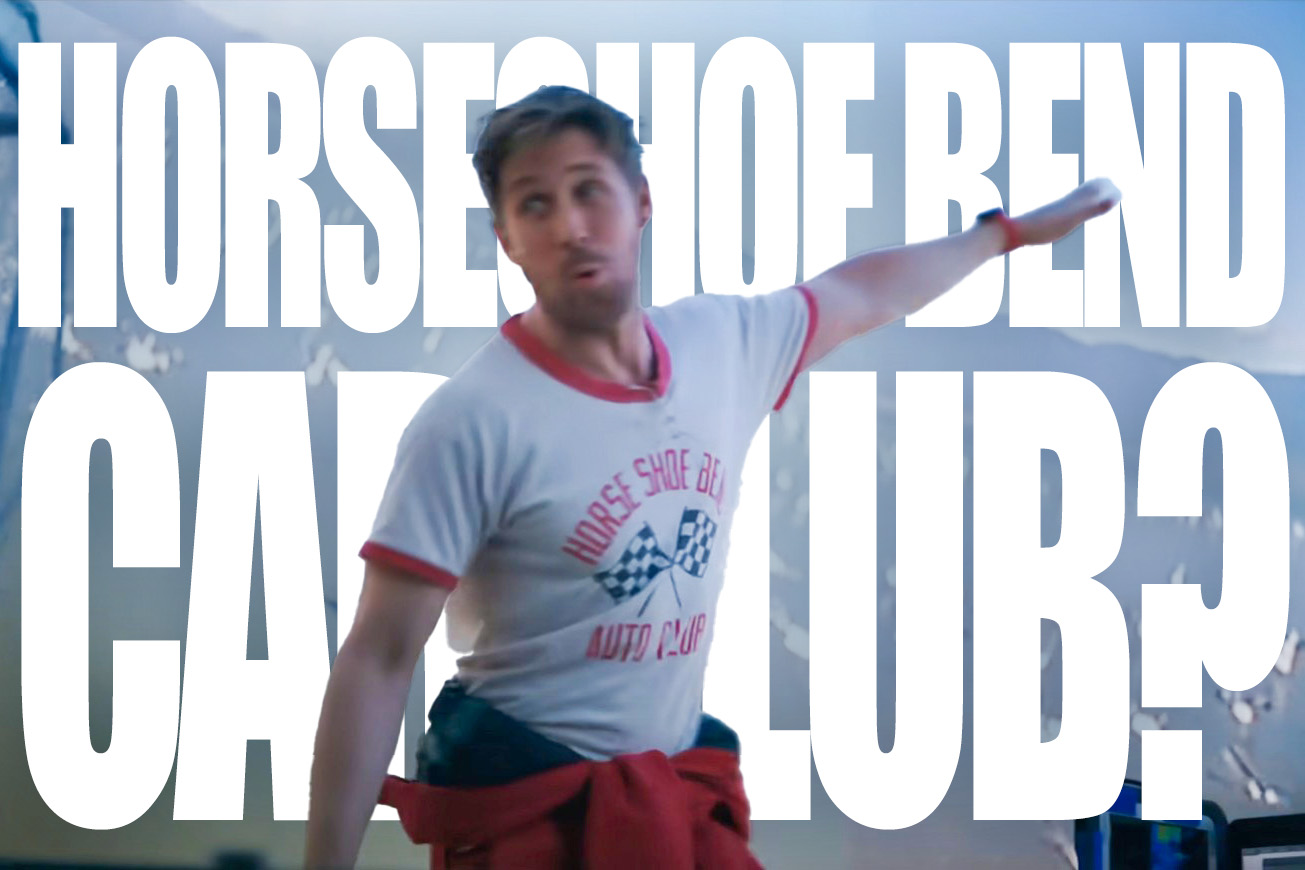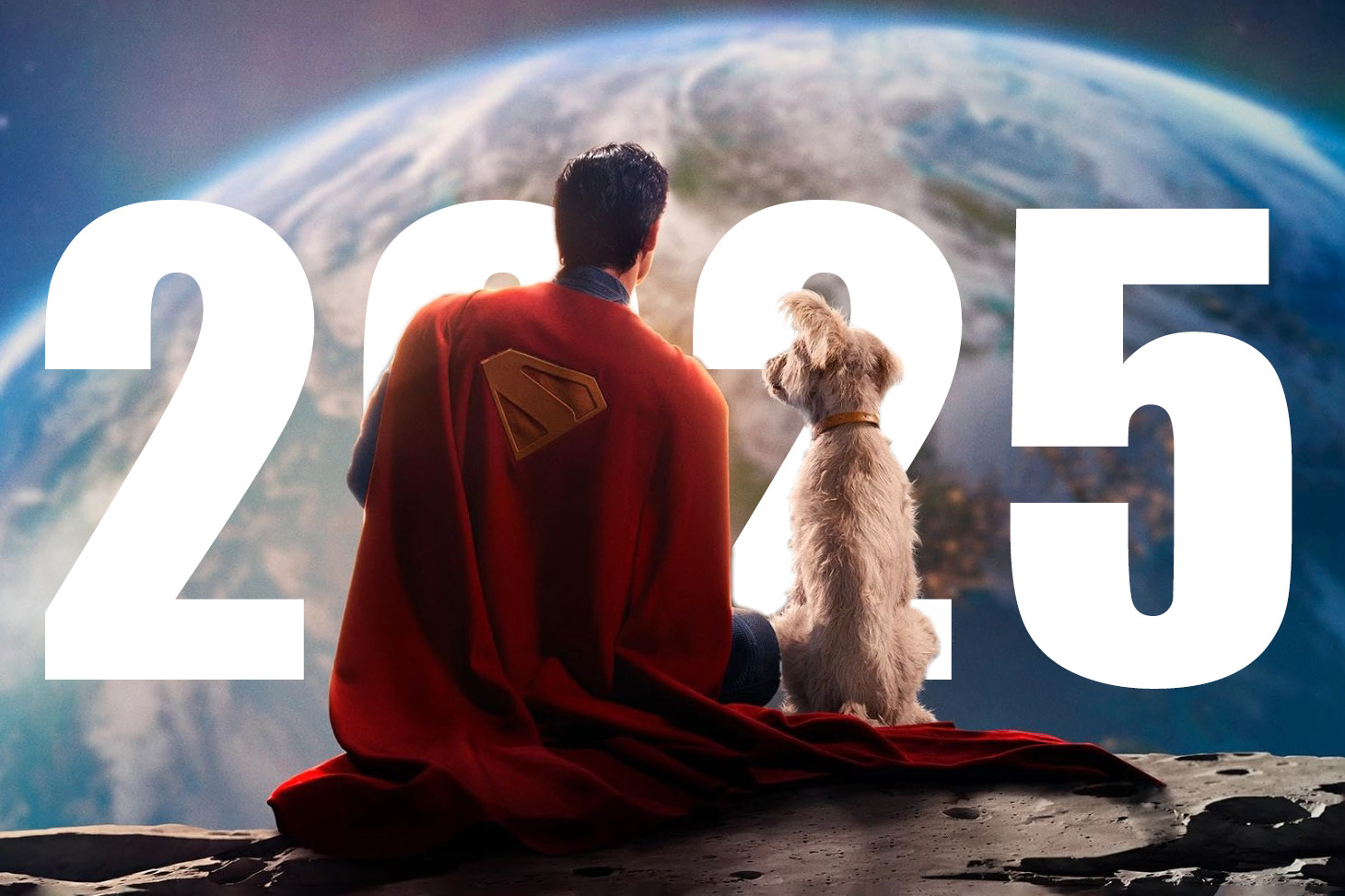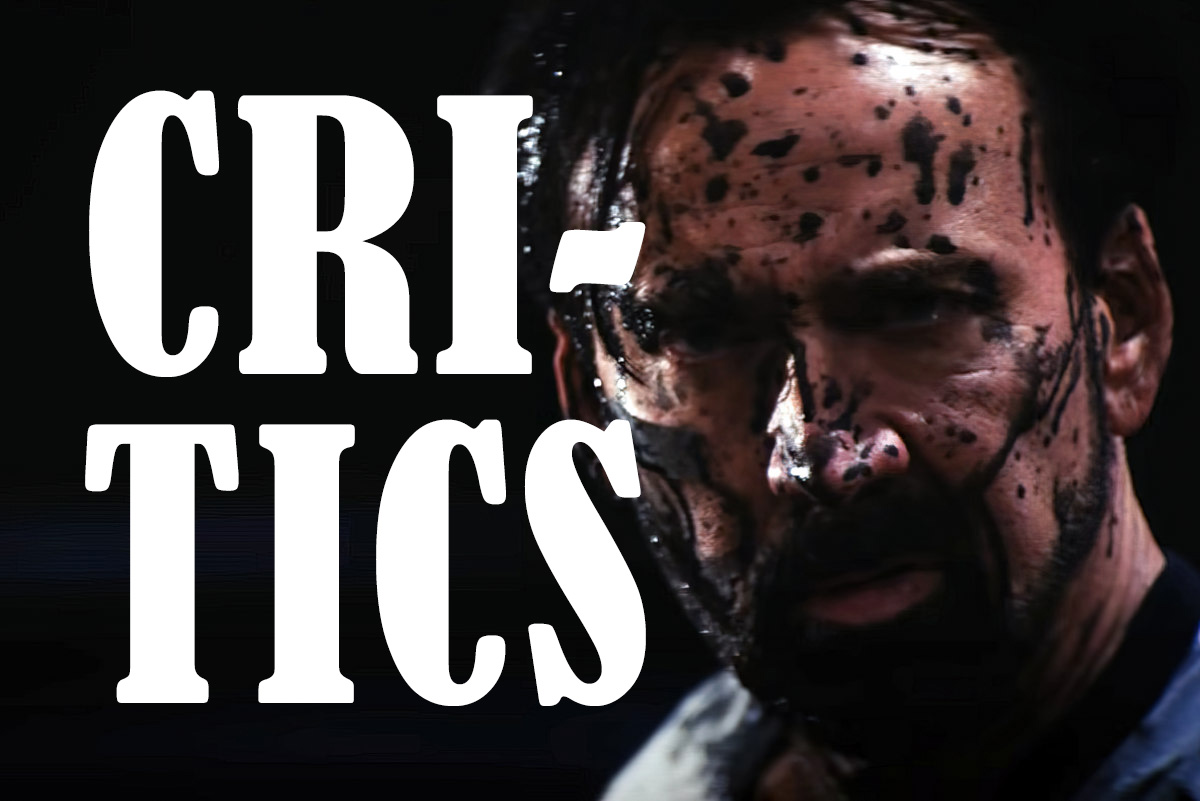Your cart is currently empty!
Cinema
-

The Ultimate 2025 Halloween Watchlist: Curated Thrills for a Blockbuster Spooky Season!
Struggling to plan the ultimate Halloween movie marathon? 🎃 Dive into our 2025 Horror Season Guide—where cult classics meet chilling new releases. From 28 Years Later to The Conjuring: Last Rites, discover the perfect lineup for every scare level. Dare to press play?
-

The Origin Story of the “Horse Shoe Bend Auto Club” T-Shirt
What’s the story behind Ryan Gosling’s mysterious “Horse Shoe Bend Auto Club” tee in Project Hail Mary? Fans are obsessed—and the truth might be stranger (and cooler) than fiction.
-

10 Elements that Makes Superman 2025 Unique!
Think you know Superman? Think again. James Gunn’s 2025 reboot rewrites the rulebook with kindness as rebellion, a world already full of heroes, and a suit that speaks volumes. Ready to redefine hope?
-

Willy’s Wonderland: The Ultimate Showdown – Critics vs. Audiences in a Cult Classic Battle!
Step into the wild world of Willy’s Wonderland! This 2021 action-horror film, starring Nicolas Cage as a silent janitor battling killer animatronics, might have split critics, but audiences absolutely loved its unpretentious fun and unique ‘so bad it’s good’ charm. Discover why it’s becoming a modern cult sensation!